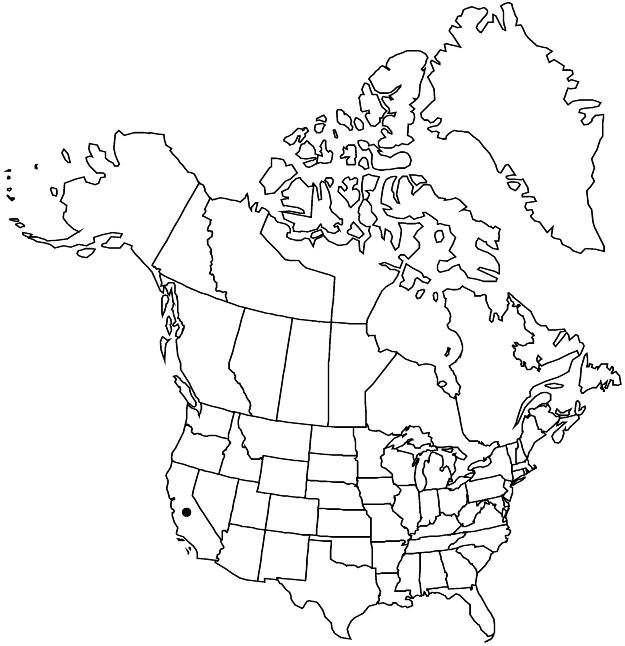Ceanothus incanus
Fl. N. Amer. 1: 265. 1838.
Shrubs, evergreen, 1–4 m. Stems erect, not rooting at nodes; branchlets light gray, glaucous, thorn-tipped or not, round or slightly angled in cross-section, rigid, puberulent, glabrescent. Leaves not fascicled; petiole 3–12 mm; blade flat, elliptic, ovate, or suborbiculate, 20–60 × 10–30 mm, base rounded or subcordate, margins entire, sometimes minutely glandular-denticulate above middle, glands 26–52, apex obtuse, abaxial surface pale green, appressed-puberulent, glabrescent, adaxial surface grayish green, dull, glabrate; 3-veined from base. Inflorescences axillary, usually paniclelike, sometimes racemelike, 3–6 cm. Flowers: sepals, petals, and nectary usually white to cream, sometimes pink. Capsules 4–5 mm wide, ± lobed; valves rugose, viscid when young, not or weakly crested. 2n = 24.
Phenology: Flowering Apr–Jun.
Habitat: Flats, slopes, chaparral, open sites in conifer and mixed evergreen forests.
Elevation: 60–1000 m.
Distribution

Calif.
Discussion
Ceanothus incanus is restricted to the Klamath and Santa Cruz mountains and North Coast Ranges of California. Some populations are evidently polymorphic for the presence of thorn-tipped or non-thorn-tipped branchlets (F. K. Klein 1970). Putative hybrids with C. papillosus and C. parryi have been reported (H. McMinn 1944); hybrids with C. thyrsiflorus have been called C. ×vanrensselaeri Roof.
Selected References
None.
Lower Taxa
"thin" is not a number.